





Varieties and types: The Saintpaulia is a genus comprising of approximately 20 species and subspecies, and many varietes. The A. violet has a fair few types including standard, trailers, miniatures, and chimeras (a basic way to put them into a category). The various species includes different sizes, flower colors and foliage types.
A grower needs to understand which type they have if they plan to propagate them, because the procedure is different (for the Chimera). There are actually thousands of hybrids with various flower colors/forms and leaf types available.
Basic explanation of types and sizes.
Standard: The standard type usually grows to around 8in - 16in diameter or possibly more, and displays most of the colors/types that African violets can bloom.
Miniature: The miniature is said to grow from approx 3in - 6in diameter "and they get smaller" with the micro-mini which is less than 3in. There is also the semi-miniature AV that grows from approx 6in - 8in (diameter).
Large: Larger sized plants could be judged as above 16in (diameter).
Trailing: Trailing AV plants are grown as trailers - whichever size it is. These are multi-crowned hybrids that grow well in hanging baskets, or fairly shallow pots.
Chimera A.violets: Chimera is a strain of A.violets that produce distinct striped petals and have to be propagated from suckers, rather than leaf cuttings. Propagating from cuttings is not likely to produce the same plant that cuttings are taken from. This is because the plant cells are genetically different, which explains why they're propagated with suckers.
Petals and leaves: There is a huge amount of various color combination's for petals, from pinks (Rococo pink) to the multi-colored double flowered Candy dandy (yep..some peculiar names indeed). The petals also have different shapes, edges, amounts - and can be double flowered.
There are also various leaf varieties which includes names such as the boy, girl, variegated (green and white), spoon, holly, serrated and lance shaped.
Blooming: Experts can keep these blooming for around 10 months or more a year - with the use of artificial lighting, correct temperatures and conditions. Basically, they can flower all year round, depending on how well they are cared for. You can expect the flowers to bloom for a few days - and up to a few weeks, although the length of time they flower depends very much on - the environment/conditions.
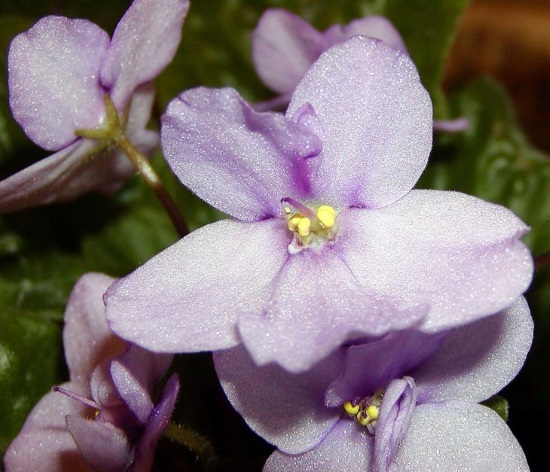
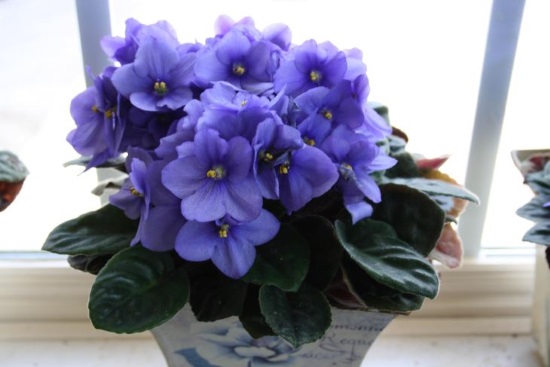
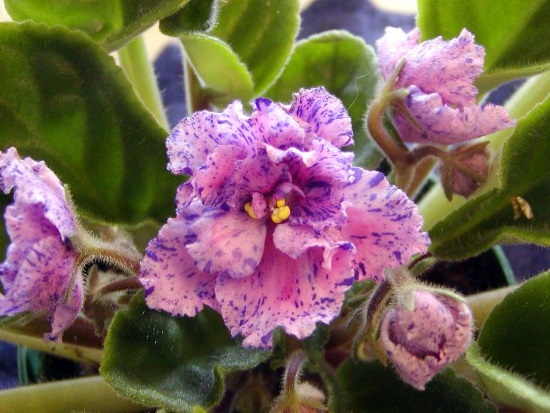
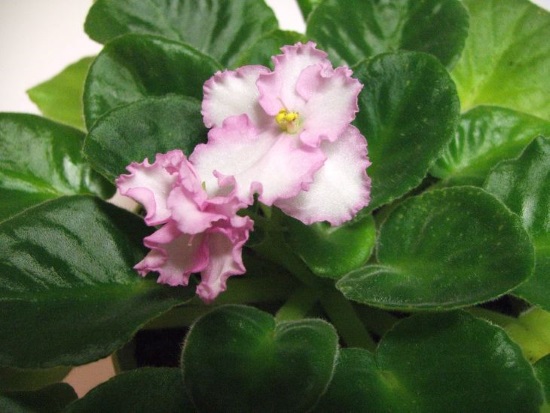
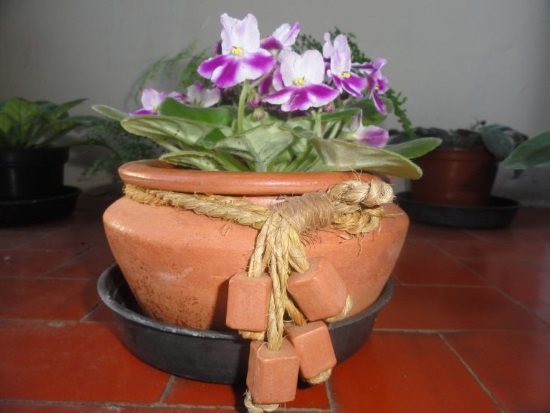
Copyright © www.100flowers.win Botanic Garden All Rights Reserved